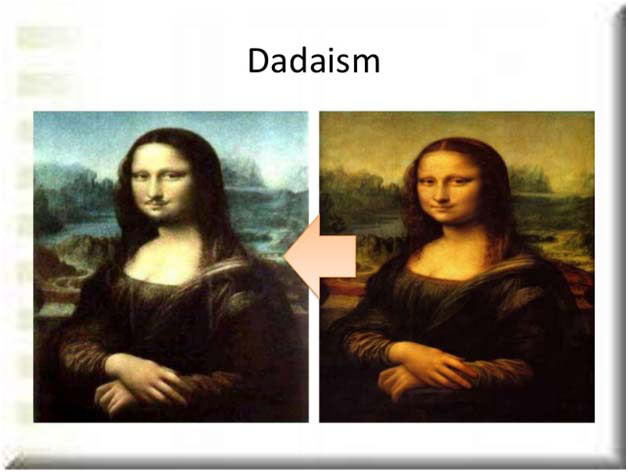The idea that painting is the ultimate art form is a highly debated topic among art historians, critics, and enthusiasts. Some may argue that other art forms, such as sculpture or escrita com luz performance art, are equally significant. There are several reasons why painting is often considered the ultimate art form.
Reasons Why Painting is Considered the Dominant Art Form
Historical Significance
Painting has been a dominant art form throughout history, with examples dating back to prehistoric times. Throughout the ages, painting has been used to communicate stories, ideas, and beliefs. It has played a crucial role in shaping culture and society. The rich history of painting has contributed to its reputation as the ultimate art form.
Technical Skill
Painting requires a high degree of technical skill. Including knowledge of color theory, composition, and perspective. It is a highly disciplined and challenging medium that requires extensive training and practice. Mastery of painting is considered a pinnacle achievement for many artists.
Creative Expression
Painting allows artists to express themselves in a highly personal and subjective way. It is a medium that allows for a wide range of styles, techniques, and subjects. Giving artists the freedom to explore and experiment. Painting is often seen as a reflection of the artist’s inner world and emotions.
Beauty
Painting has the ability to capture beauty in a way that few other art forms can. The use of color, light, and texture can create a visual experience. It is both powerful and awe-inspiring. Beauty of painting has the ability to evoke powerful emotional responses from viewers.
Enduring Value
Paintings have been prized throughout history for their enduring value. They are often considered precious objects that can be passed down through generations. They have the ability to retain their beauty and significance over time. Paintings are also highly sought after by collectors and museums, which contributes to their enduring value.
Overall, painting’s historical significance, technical skill, creative expression, beauty, and enduring value all contribute to its reputation as the ultimate art form. It is important to recognize that art is subjective and personal. Different individuals may have different opinions on what constitutes the ultimate art form.

Main Styles of Painting
1. Realism
A style of painting that aims to represent the world in a truthful and objective manner. Realism painters strive to depict their subjects accurately. Often emphasizing details and using a naturalistic style.
2. Impressionism
A style of painting that emerged in the late 19th century. Impressionist painters sought to capture the fleeting effects of light and color. Often working outdoors to paint en plein air. They used loose brushwork and a bright color palette to create a sense of immediacy and spontaneity.
3. Expressionism
A style of painting that emphasizes the subjective and emotional experience of the artist. Expressionist painters often distort or exaggerate their subjects to convey their inner feelings and ideas.
4. Abstract
A style of painting that does not attempt to represent the world in a realistic way. Instead, abstract painters use color, form, and texture to create a purely visual experience that is open to interpretation.
5. Cubism
A style of painting that emerged in the early 20th century. Cubist painters broke down their subjects into geometric shapes and fragmented perspectives. Creating a sense of multiple viewpoints.
6. Surrealism
A style of painting that emphasizes the irrational and dreamlike. Surrealist painters often combined unrelated objects and images to create a sense of the uncanny and the surreal.
7. Pop Art
A style of painting that emerged in the 1950s and 60s. Pop artists drew inspiration from popular culture and consumerism, often using bold colors and simplified forms to create a graphic and eye-catching style.
8. Baroque
A style that emerged in the 17th century. Baroque painters often used dramatic lighting, theatrical compositions, and dynamic movement to create a sense of grandeur and drama.
9. Rococo
This is a style that emerged in the 18th century. Rococo painters often used pastel colors, ornate decoration, and whimsical imagery to create a sense of lightness and playfulness.
10. Neo-classicism
Neo-classical painting is a style that emerged in the late 18th century. Neo-classical painters drew inspiration from classical Greek and Roman art. Often depicting heroic or classical subjects in a grand and monumental style.

ALL ABOUT DADAISM
Dadaism was an art movement that emerged in Europe during the early 20th century. In response to the social and cultural upheavals of World War I. Dadaism rejected traditional aesthetic values and instead embraced irrationality, anti-authoritarianism, and a sense of playful anarchy.
The movement was characterized by its use of collage, found objects, and nonsensical language to create provocative and subversive works of art.
Dadaism is important as an art form for several reasons.
First, it represented a radical departure from traditional art. Which had been dominated by academic and institutionalized standards. Dada artists rejected the idea that art should be beautiful or meaningful. And instead embraced the idea that art could be provocative, absurd, and challenging.
Second, Dadaism was a response to the political and social turmoil of the time. The horrors of World War I had shattered the ideals of progress and civilization. Many Dada artists saw their work as a response to the sense of disillusionment and nihilism that permeated the culture.
Third, Dadaism had a profound impact on subsequent art movements. Including Surrealism, Abstract Expressionism, and Pop Art. Use of collage and found objects, for example, would become central to later movements such as Pop Art.
Overall, Dadaism is important as an art form
Because it challenged traditional aesthetic values, it was a response to the political and social turmoil of the time. It had a significant impact on subsequent art movements. Remains an important and influential movement in the history of modern art.
What is the Most Expensive Painting?
Most expensive painting ever sold is “Salvator Mundi” by Leonardo da Vinci. It was sold at auction for $450.3 million in 2017. This painting depicts Jesus Christ as the “Savior of the World”. It is believed to have been painted by da Vinci around the year 1500.
There are several reasons why “Salvator Mundi” is so valuable.
- First, it is a rare work by one of the greatest artists in history. Leonardo da Vinci is revered for his skill as a painter. His works are highly sought after by collectors and museums around the world.
- Second, “Salvator Mundi” is one of only a few known works by da Vinci that is still in private hands. Most of his paintings are held by museums or other institutions. Making this painting all the more valuable.
- Third, the painting has a fascinating history. It was believed to have been lost for centuries before it was rediscovered in the early 2000s. This painting underwent extensive restoration. It was authenticated as a genuine da Vinci, further adding to its value.
- Finally, the sale of “Salvator Mundi” was highly publicized and widely covered by the media. This helped to drive up the price. It was sold at a Christie’s auction in New York. With bidders from around the world vying for the chance to own this rare masterpiece.
Overall, the combination of da Vinci’s skill as an artist, the rarity of the painting, its fascinating history, and the high-profile auction all contributed to the record-breaking price tag of $450.3 million.



You must be logged in to post a comment.